Mattresses
SHOP STANDARD SIZES
SHOP STANDARD SIZES
SHOP BY TYPE
SHOP BY BRAND
RV Mattresses
Adjustable Beds
Shop By Brand
Shop By Size
Oversized Beds
Circadian Rhythm Statistics
The circadian rhythm is like humans’ biological internal clock. It dictates biological cues on a daily cycle. The circadian rhythm is influenced by the environment, particularly light and darkness. This is why people tend to feel sleepy or wake up around the same time every day. However, this biological feature is not exempt for flaws. Some people suffer from circadian rhythm disorders, causing the biological clock to malfunction. There are several kinds of circadian rhythm disorders (CRDs). These disorders include jet lag, shift work sleep disorder, delayed sleep phase disorder, advanced sleep phase disorder, irregular sleep-wake rhythm disorder, and non-24-hour sleep-wake disorder. (National Institute of General Medical Sciences), (WebMD)
The Most Surprising Circadian Rhythm Disorders Statistics
- Studies suggest that 3 to 10% of the general population have CRDs.
- Possibly 60–70% of long-haul travelers will experience some form of jet lag.
- About 1% of middle-aged and older adults have advanced Sleep phase disorder.
- Delayed sleep phase disorder (DSPD) is the most common, with 0.17% in the general population.
- Circadian rhythm disorders statistics show that 7 to 16% of adolescents may have DSPD.
- A positive family history may be present in approximately 40% of individuals with DPSD.
- About 10% of night and rotating-shift workers suffer from shift work disorder.
- Circadian rhythm disorders statistics show that 55-70% of completely blind people suffer from non-24-hour sleep-wake disorder.
(National Center for Biotechnology Information), (American Academy of Sleep Medicine), (Sleep Foundation),
(National Organization for Rare Disorders), (Society for Endocrinology)
General Circadian Rhythm Disorders Statistics and Facts
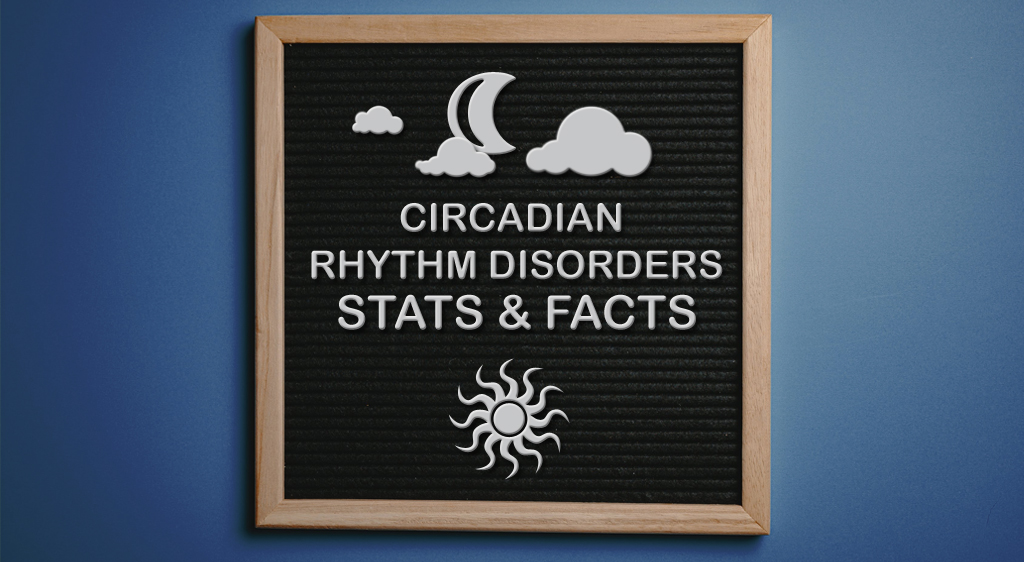
1. People over 50 years old seem to be more likely to develop JLD.
Although the association between jet lag disorder and age is still unclear, older people seem to be more likely to not only experience JLD but also have worse symptoms.
(National Association of Managed Care Physicians)
2. About 69% of adults report social at least a 1-hour social jetlag.
Social jetlag the time difference between the midpoint of sleep on workdays and on free days. If someone sleeps from 9 PM to 5 AM on workdays, his midpoint of sleep is 1 AM. If he sleeps from 12 MN to 8 AM on free days, his midpoint of sleep is 4 AM. This gives him a 3-hour SJL.
(National Center for Biotechnology Information)
3. A study found that people with more than 2 hours of SJL have 64% higher chance of having metabolic syndrome.
The researchers further found that people below 61 years old with SJL have higher blood glucose levels, higher waist circumference.
(National Center for Biotechnology Information)
4. People with social jetlag have a 20% higher risk of obesity.
Not only did the people with SJL have higher fat mass and larger waist circumference, but they also had higher markers for inflammation and diabetes.
(Dr. MJ Parsons)
5. In a study on a Japanese population, people with social jetlag increased their chances of depression by 30 to 114%.
Besides being more prone to depression, the participants with SJL were also younger, more likely to be female, in a low-ranking job position, blue-collar workers, and smokers. They were also less likely to be married and consumed less vitamins.
(Oxford Academic)
6. People with social jetlag have 30 and 80% higher risks of eating more fat and cholesterol, respectively.
People with SJL also generally ate more calories at dinner, more protein at lunch. They also had longer eating durations.
(Maria Carliana Mota affiliation Faculty of Medicine of the Federal University of Uberlândia, Minas Gerais, Brazil)
7. Each hour of social jetlag increases the chances of heart disease by 11%.
This same study also found that people with SJL also had poorer health, worse mood, and higher sleepiness and fatigue.
(Science Daily)
Shift Work Sleep Disorder

8. A study found that insomnia and excessive sleepiness were present in 32 and 26% of night and rotating shift workers, respectively.
Shift work sleep disorder is common in people working outside the usual 8 or 9 to 5 job. SWSD is chronic causes excessive sleepiness, insomnia, unrefreshing sleep, difficulty in concentrating, low energy, and mood abnormalities such as depression.
(Christopher Drake, PhD), (National Sleep Foundation)
9. Night shift workers with shift work sleep disorder are nearly 4 times more likely to have ulcer.
This same study found that rotation shift workers with SWSD are more than 4 times more likely to have ulcers. Rotating workers also more frequently missed work.
(Christopher Drake, PhD)
10. A study on nurses who worked night shifts found that almost 67% fell asleep at least once while driving.
This often happened after every fourth night shift. Moreover, the risk for a drowsy driving episode doubled when nurses worked 12.5 or more consecutive hours
(Linda Scott, PhD)
11.Another found that medical residents who worked extended shifts were more than 2 times more likely to have a motor vehicle accident.
This same study also found that these medical residents were nearly 6 times more likely to have near-miss incidents.
(Laura K. Barger, PhD)
12. A study found that retired Chinese workers who worked non-traditional shifts had a 10% higher risk of diabetes.
These workers also had a 5% higher risk of hypertension. Moreover, these workers had higher fasting blood glucose and average blood pressure. They also poorer sleep quality.
(National Center for Biotechnology Information)
13. Female nurses who worked non-traditional shift have as much as 27% higher risk for coronary heart disease (CHD).
This was a 24-year study that was done with nearly 200,000 participants. Quitting from shift work reduced the chances of CHD.
(Céline Vetter, PhD)
Delayed Sleep Phase Disorder

14. Circadian rhythm disorders statistics show that 5 to 10% of patients with chronic insomnia in a sleep clinic have delayed sleep phase disorder.
People with delayed sleep phase disorder have a sleep pattern that is “delayed” by 2 or more hours. This delay happens when the circadian rhythm shifts later at night and later in the morning. People with DSPD may prefer late bedtimes and late wake-up times.
(Sleep Education)
15. As many as 70% of people with delayed sleep phase disorder may have psychiatric disorders.
This study found the most common mood disorder was major depressive disorder. This study also found that many of the participants were also diagnosed with alcohol or substance abuse.
(Kathryn J. Reid, PhD)
Advanced Sleep Phase Disorder
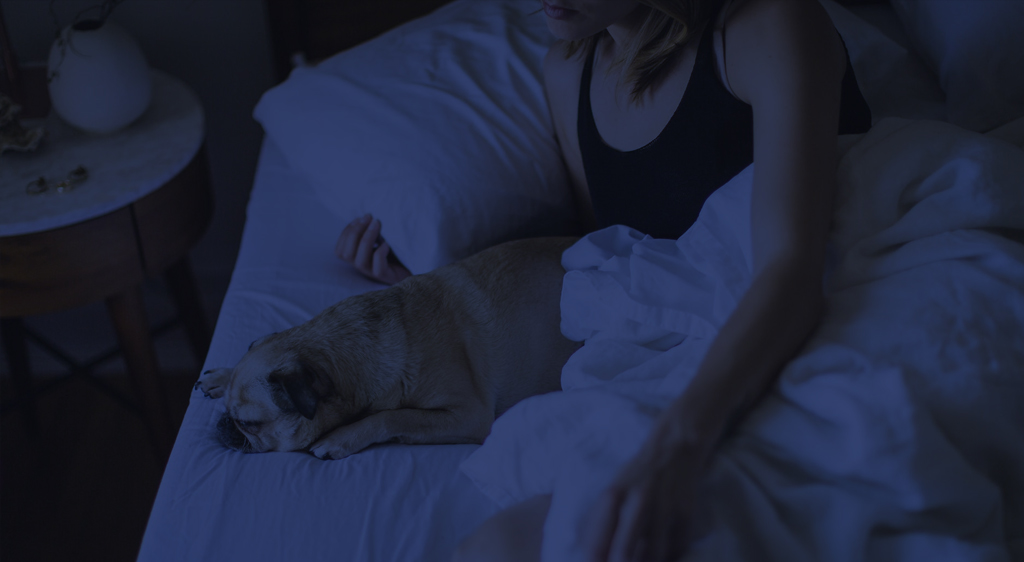
16. People with advanced sleep phase disorder tend to fall asleep between 6 and 9 PM.
As the name suggests, people with advanced sleep phase disorder sleep at earlier times. These people also tend to naturally wake up between 2 and 5 AM. Thus, people with ASPD have a circadian rhythm that is ahead by a few hours.
(Sleep Education)
17. Circadian rhythm disorders statistics show that advanced sleep phase disorder is present in 1% of middle-aged and older adults.
Since most people do not look down upon asleep and waking up earlier, in contrast to sleeping and waking up later, the prevalence of ASPD may be underestimated. ASPD also seems to affect males and females equally.
(Sleep Health Foundation), (Dr. Robert L. Sack), (Lirong Zhu MD, PhD)
18. Studies find that 40 to 50% of people with advanced sleep phase disorder are related to someone who also has ASPD.
This prevalence makes people think there may be a genetic factor in ASPD. Some researchers now link ASPD to mutations in the genes hPer2 and CSK1D, which are known as the clock genes of the human body.
(Dr. Robert L. Sack), (Lirong Zhu MD, PhD)
Irregular Sleep-Wake Rhythm Disorders
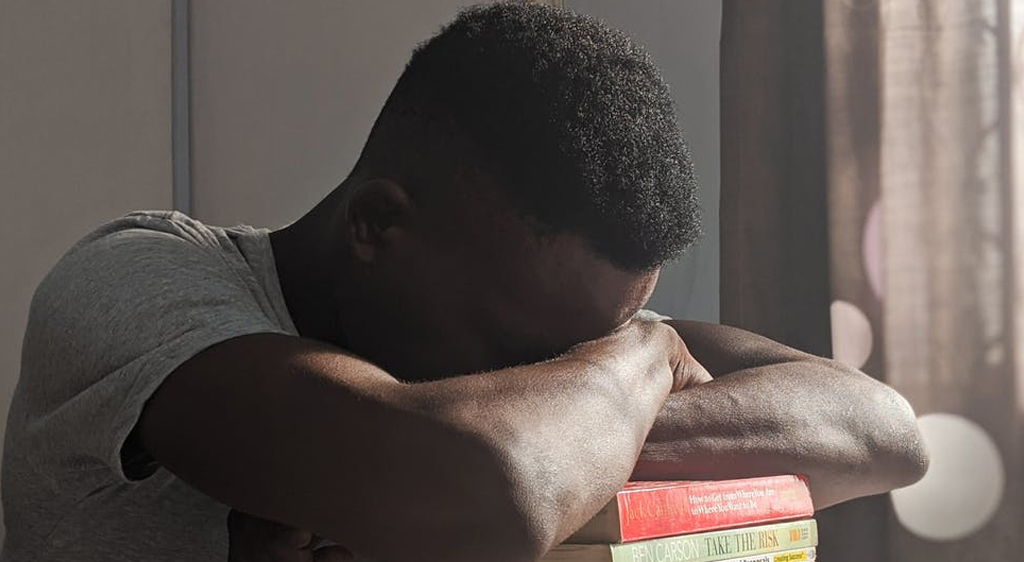
19. Irregular sleep-wake rhythm disorders (ISWRD) causes sleep and wake periods distributed in at least 3 short bouts.
Normal people tend to fall asleep and wake up around the same time. However, people with ISWRD have a disorganized sleep and wake times that have no clear pattern.
(Phyllis C. Zee, MD, PhD and Michael V. Vitiello, PhD)
20. The multiple sleep sessions of people with irregular sleep-wake rhythm disorder last for 1 to 4 hours.
These bouts of sleep are spread throughout the day and may not occur at regular intervals. However, the total amount of sleep is normal for the age of the afflicted persons.
(Phyllis C. Zee, MD, PhD and Michael V. Vitiello, PhD)
21. The longest sleep bout is of people with irregular sleep-wake rhythm disorder is usually between 2 and 6 AM.
Moreover, people with ISWRD daily periods of agitation and wandering, often in the evening, which is colloquially known as sundowning. This feature may actually be a sign of a dysfunctional cerebral cortex.
Daniel R. Wagner MD)
22. The prevalence of irregular sleep-wake rhythm disorder increases with age.
Nonetheless, age itself is not an independent risk factor. The high prevalence with age is secondary to the high prevalence of associated medical disorders with increased age.
(Phyllis C. Zee, MD, PhD and Michael V. Vitiello, PhD)
Non-24-hour Sleep-Wake Disorder
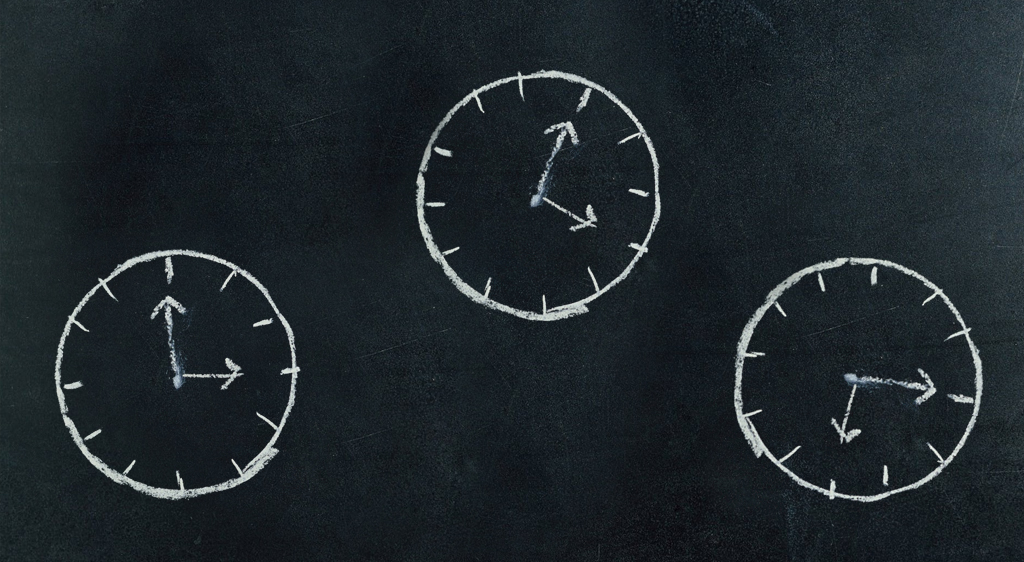
23. The body of people with non-24-hour sleep-wake disorder (N24) seems to think that there is more than 24 hours in a day.
In N24, sleep and wake up times continue to move later and later every day. An external light-dark cycle stimulates normal people’s circadian rhythm resets every 24 hours. However, in N24, the body does not respond to this stimulus. This is the reason why N24 is prevalent in the blind.
(Sleep Education)
24. Diagnosis of non-24-hour sleep-wake disorder includes persistent symptoms for 3 months.
Diagnosis of N24 is difficult because it can be easily confused with other circadian rhythm disorders, such as delayed sleep phase disorder. A key difference, though, between N24 and DSPD is the progressive sleep delay in N24. People with N24 can initially fall asleep in the morning, which further shifts to the afternoon, and then eventually further shifting to night.
(Dr. Maria Antonia QUERA SALVA), (National Organization for Rare Disorders)
25. There are roughly 100 non-24-hour sleep-wake disorder cases in sighted people.
Although rare, N24 also occurs in those with sight. Factors that may cause N24 in sighted people include reduced or heightened response the internal body clock to light, reduced or untimely environmental or social cues, or genetics.
(National Organization for Rare Disorders)
26. Circadian rhythm disorders statistics show that about 75% of sighted people with non-24-hour sleep-wake disorder are males.
Healthy adults show that on males have longer circadian periods than women, However, because of the extremely low number of known N24 cases in sighted people, this 4:1 ratio is a weak indication that males are more pre-disposed to N24.
(National Organization for Rare Disorders)
Treatment
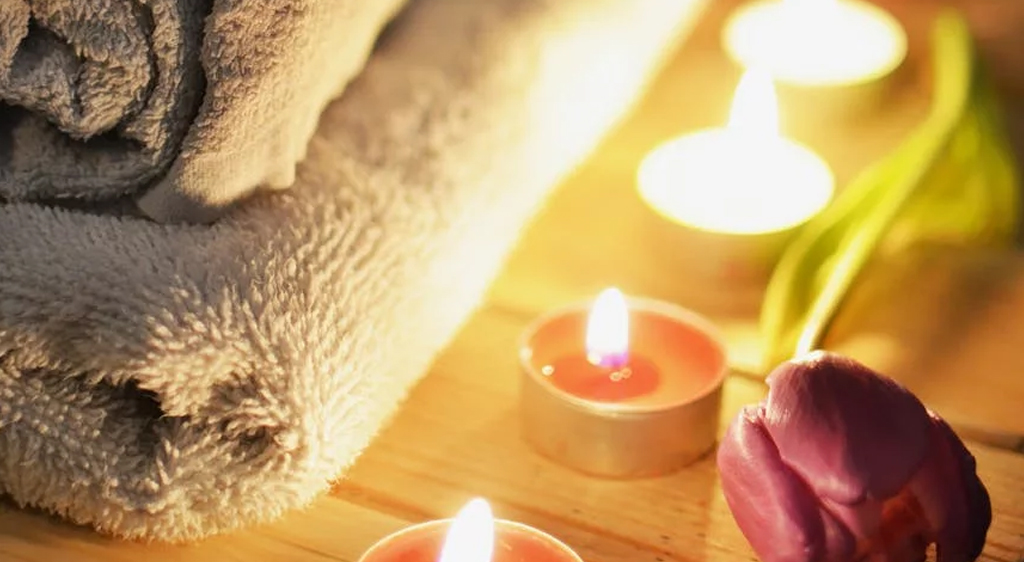
27. Less than 1% of ongoing clinical trials worldwide tackle time-of-day medicine for circadian rhythm disorders.
Diseases with higher prevalence and mortalities have the attention of most clinical trials. Thus, there are few medications or therapy procedures of circadian rhythm disorders.
(National Center for Biotechnology Information)
28. Behavioral therapy continues to be the number 1 treatment for circadian rhythm disorders.
Behavioral therapy includes chronotherapy, bright light therapy, and enhancing environmental cues. These are often done in combination with sleep-promoting compounds such as melatonin.
(Ehren R. Dodson, PhD and Phyllis C. Zee, MD, PhD)
Conclusion
The circadian rhythm is a crucial part of human biology. Although it may be brushed off by those safe from circadian rhythm disorders, those who have these disorders can severely suffer. The small attention on circadian rhythm disorders should prompt anyone with possible symptoms to consult the few people who specialize in these ailments.
References
National Institute of General Medical Sciences:
https://www.nigms.nih.gov/education/pages/factsheet_circadianrhythms.aspx
WebMD:
https://www.webmd.com/sleep-disorders/circadian-rhythm-disorders-cause#1
Kim et al., 2014:
https://www.ncbi.nlm.nih.gov/pmc/articles/PMC4212693/
Schrader et al., 1993:
https://pubmed.ncbi.nlm.nih.gov/10607071/
American Academy of Sleep Medicine:
https://aasm.org/resources/factsheets/crsd.pdf
Sleep Foundation:
National Organization for Rare Disorders:
https://rarediseases.org/rare-diseases/non-24-hour-sleep-wake-disorder/
Society for Endocrinology:
https://www.yourhormones.info/endocrine-conditions/jet-lag/
National Association of Managed Care Physicians:
http://www.namcp.org/sleepdisorders/html/disorders/jetlag/epidemiology.html
Koopman et al., 2017:
https://www.ncbi.nlm.nih.gov/pmc/articles/PMC5564947/
Islam et al., 2020:
https://academic.oup.com/sleep/article/43/1/zsz204/5573922
Mota et al., 2019:
https://journals.plos.org/plosone/article?id=10.1371/journal.pone.0212126
ScienceDaily:
https://www.sciencedaily.com/releases/2017/06/170605085326.htm
Parsons et al., 2015:
https://www.ncbi.nlm.nih.gov/pmc/articles/PMC4422765/
Drake et al., 2004:
https://pubmed.ncbi.nlm.nih.gov/15683134
Scott et al., 2007:
https://pubmed.ncbi.nlm.nih.gov/18246989/
Barger et al., 2005:
https://pubmed.ncbi.nlm.nih.gov/15647575/
Guo et al., 2013:
https://www.ncbi.nlm.nih.gov/pmc/articles/PMC3745433/
Vetter et al., 2016:
https://www.ncbi.nlm.nih.gov/pmc/articles/PMC5102147/
Sleep Education:
Reid et al., 2013:
https://www.ncbi.nlm.nih.gov/pmc/articles/PMC3474860/
Sleep Education:
Sack et al., 2007:
https://www.ncbi.nlm.nih.gov/pmc/articles/PMC2082099/
Zhu et al., 2012:
https://www.sciencedirect.com/science/article/pii/S0733861912000527?via%3Dihub
Zee and Vitiello, 2010:
https://www.ncbi.nlm.nih.gov/pmc/articles/PMC2768129/
Sleep Education:
Salva et al., 2017:
https://www.ncbi.nlm.nih.gov/pmc/articles/PMC5741691/
National Organization for Rare Disorders:
https://rarediseases.org/rare-diseases/non-24-hour-sleep-wake-disorder/
Selfridge et al., 2016:
https://www.ncbi.nlm.nih.gov/pmc/articles/PMC5082589/
Dodson and Zee., 2011:
https://www.ncbi.nlm.nih.gov/pmc/articles/PMC3020104/
© 2025 Rest Right Mattress. All Rights Reserved.

